Fire Prevention Week is Serving Up Fire Safety in the Kitchen
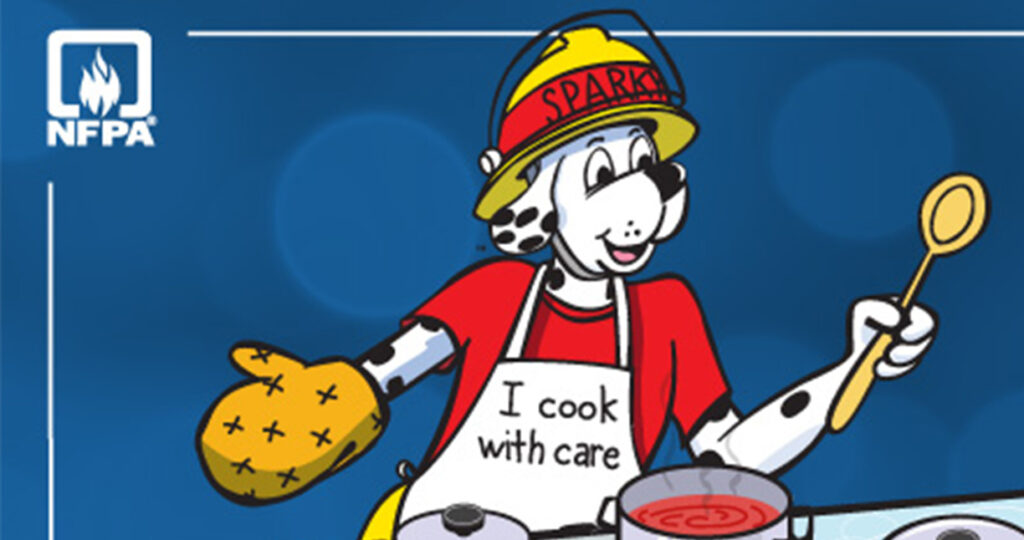
It’s that time of year again! As the leaves start to change color and temperatures begin to drop, many people begin heading indoors and turning on their heaters for the first time this fall season. This is why Fire Prevention Week comes at such a crucial time, taking place each year on the week of October 9th.
Fire Prevention Week was proclaimed a national observance in 1925 by President Calvin Coolidge, making it the longest-running public health observance in the country. It is observed each year in commemoration of the Great Chicago Fire, which started on October 8, 1871 and burned until the morning of October 10th. The fire killed an estimated 100 people and left another 100,000 people homeless, destroying nearly one-third of the city. This tragic destruction completely changed the way firefighters and public officials thought about fire safety.
According to Casey Grant from the National Fire Protection Association, the legend of how the fire started blames a cow kicking over a lantern at a farm but the official cause is unknown. Dry weather conditions and an abundance of flammable materials, including wood buildings and sidewalks made of wood or sawdust, allowed the fire to spread rapidly.
Why is this fire so important? The famous Great Chicago Fire has had a lasting impact, emphasizing the importance of towns and cities being built with fire protection in mind and the significance of fire safety education. Fire Prevention Week commemorates this historic event by providing lifesaving public education on how to stay safe in case of a fire.
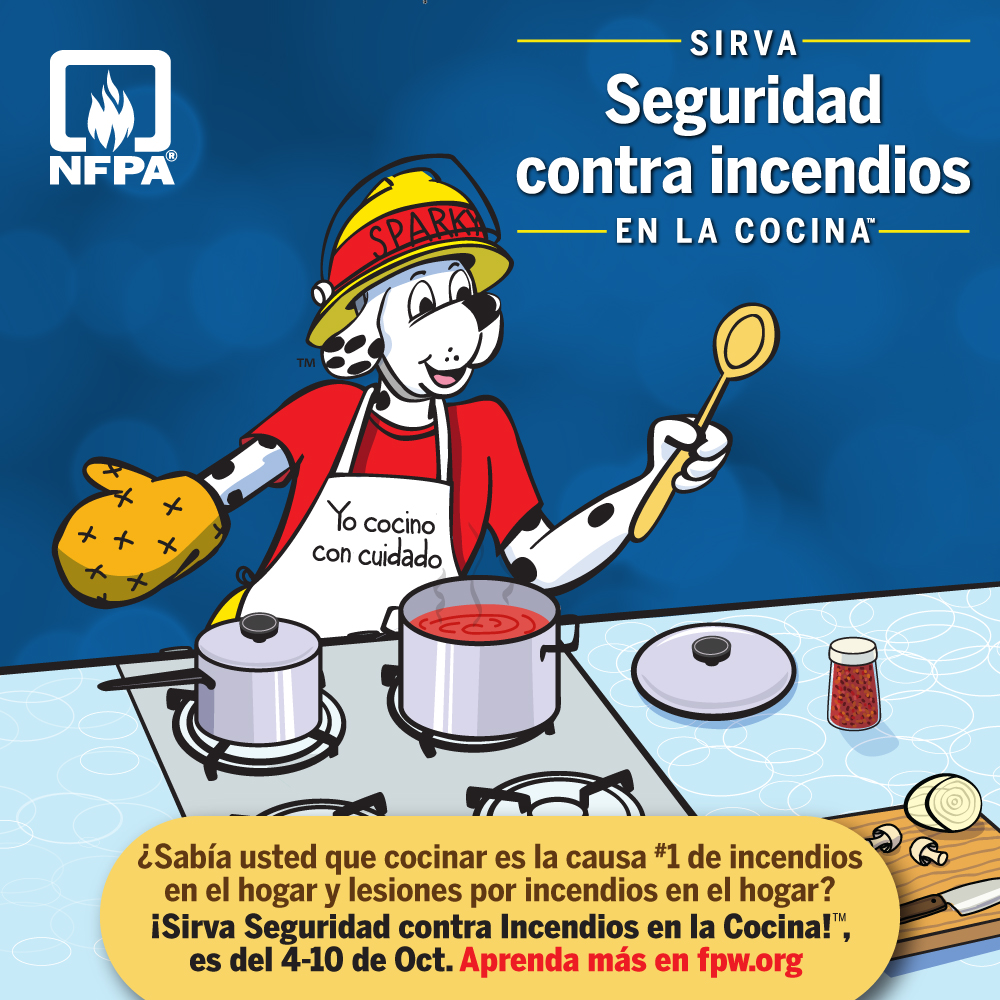
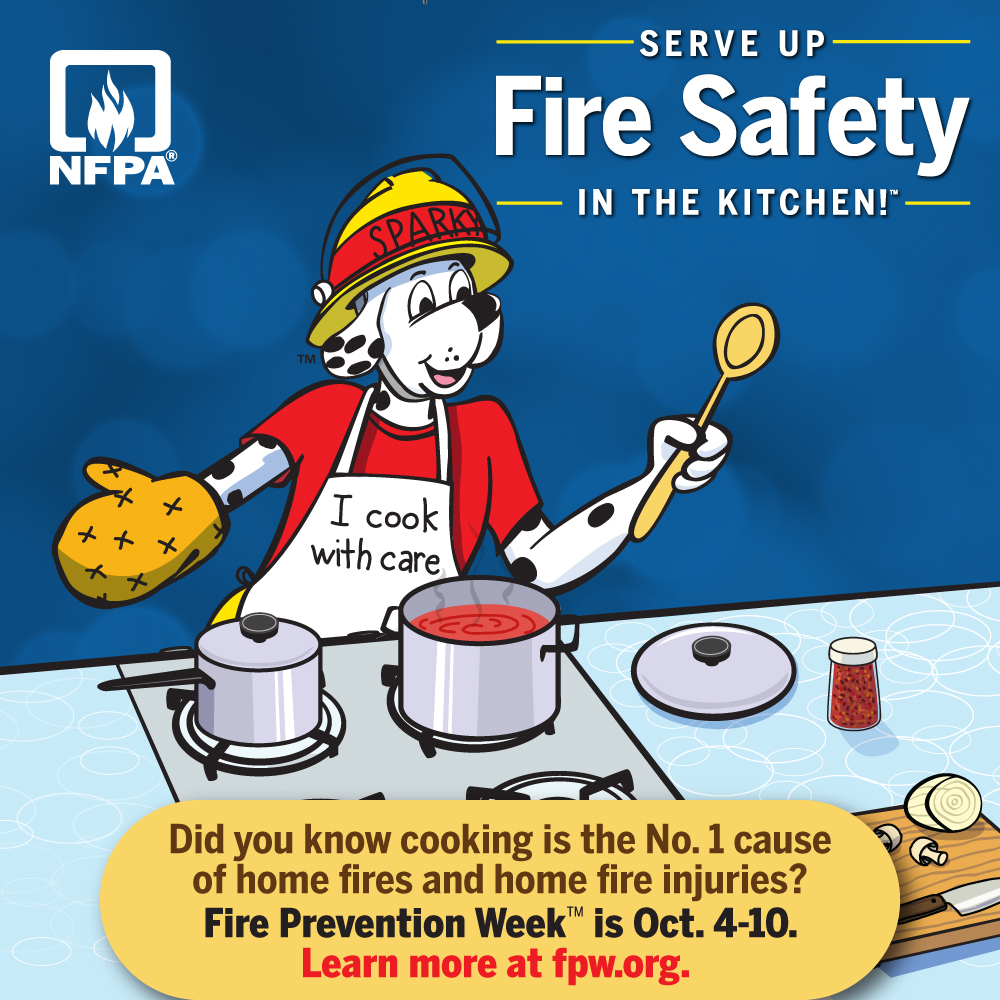
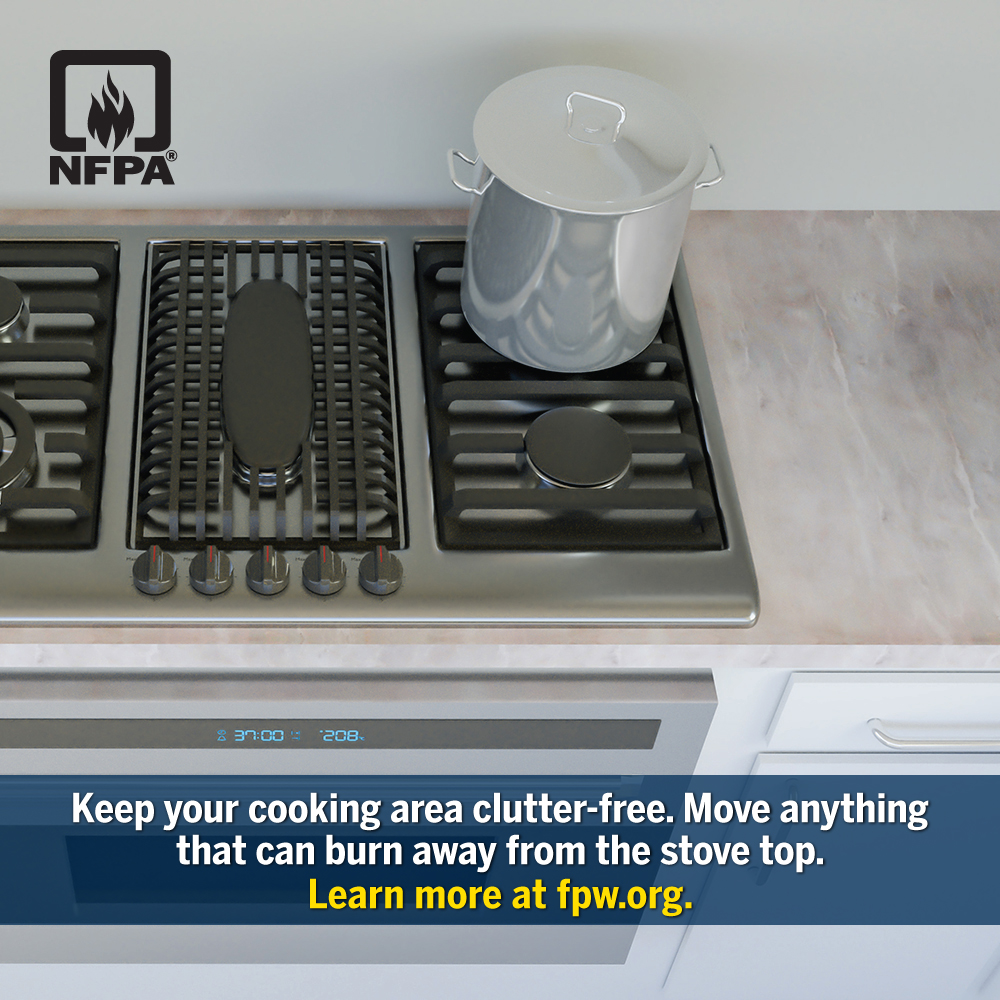
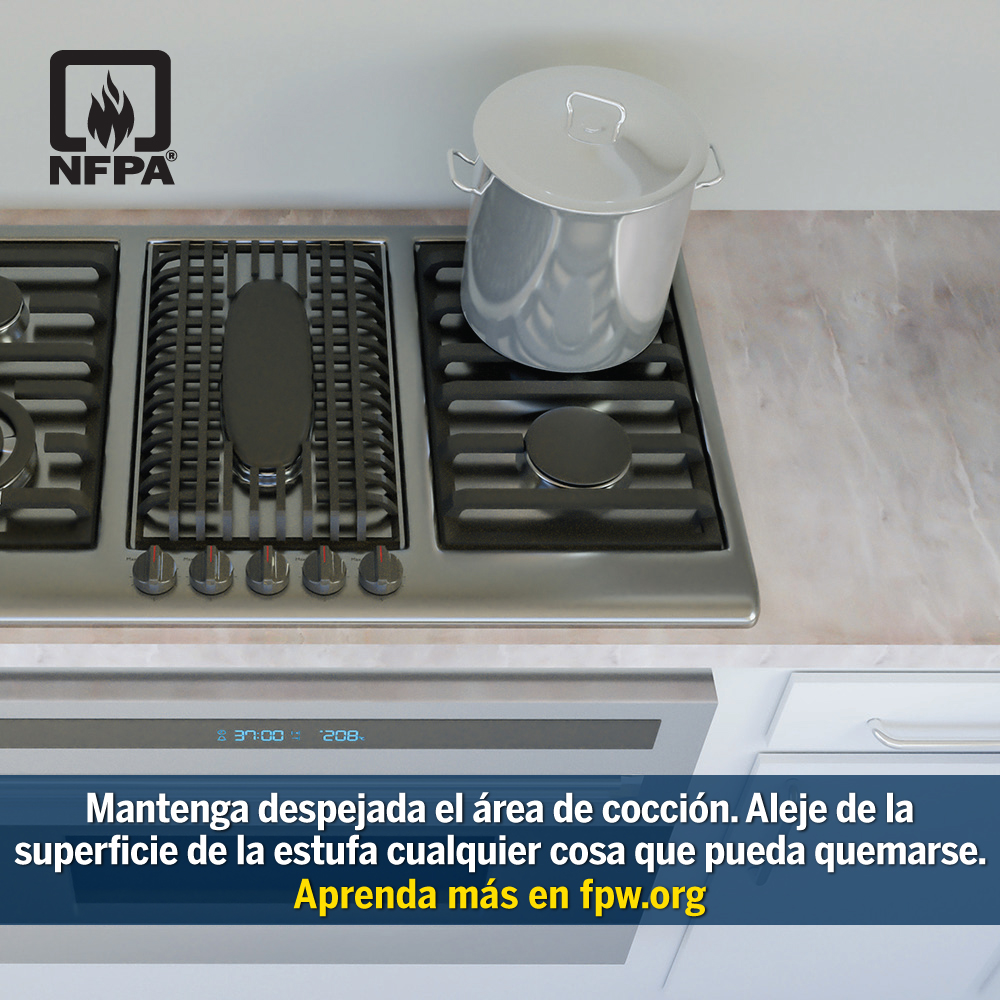
The National Fire Protection Association (NFPA) has been sponsoring public observance of the week since 1922 and offers a new campaign theme each year. The 2020 Fire Prevention Week Campaign is “Serve Up Fire Safety in the Kitchen! ™” emphasizing the importance of simple but important actions that everyone can take to keep themselves and others safe in the kitchen. According to NFPA, unattended cooking is the #1 cause of home fires and home fire injuries. Nearly half of all home fires involve cooking equipment. Although Fire Prevention Week will not include as many open houses or school and community events due to COVID-19, the NFPA is still providing education through online educational tools and safety messages.
A cooking fire can grow quickly. I have seen many homes damaged and people injured by fires that could easily have been prevented.
James Jennings, Fire Marshal Tweet
“We know cooking fires can be prevented,” said Lorraine Carli, NFPA’s vice-president of outreach and advocacy. “Staying in the kitchen, using a timer, and avoiding distractions such as electronics or TV are steps everyone can take to keep families safe in their homes.”
The Town is also working to keep the public informed and safe through observance of Fire Prevention Week in Manchester.
Manchester Fire-Rescue-EMS & the Fire Marshal’s Office is teaming up with the NFPA to promote and encourage residents to embrace this year’s campaign: “Serve Up Fire Safety in the Kitchen!” As previously mentioned, 44% of reported home fires started in the kitchen and of these fires, two-thirds or 66% start with the ignition of food or other cooking materials.
“The most important step you should take before making a meal is to “Serve Up Fire Safety in the Kitchen!” said James Jennings, Fire Marshal. “A cooking fire can grow quickly. I have seen many homes damaged and people injured by fires that could easily have been prevented.”
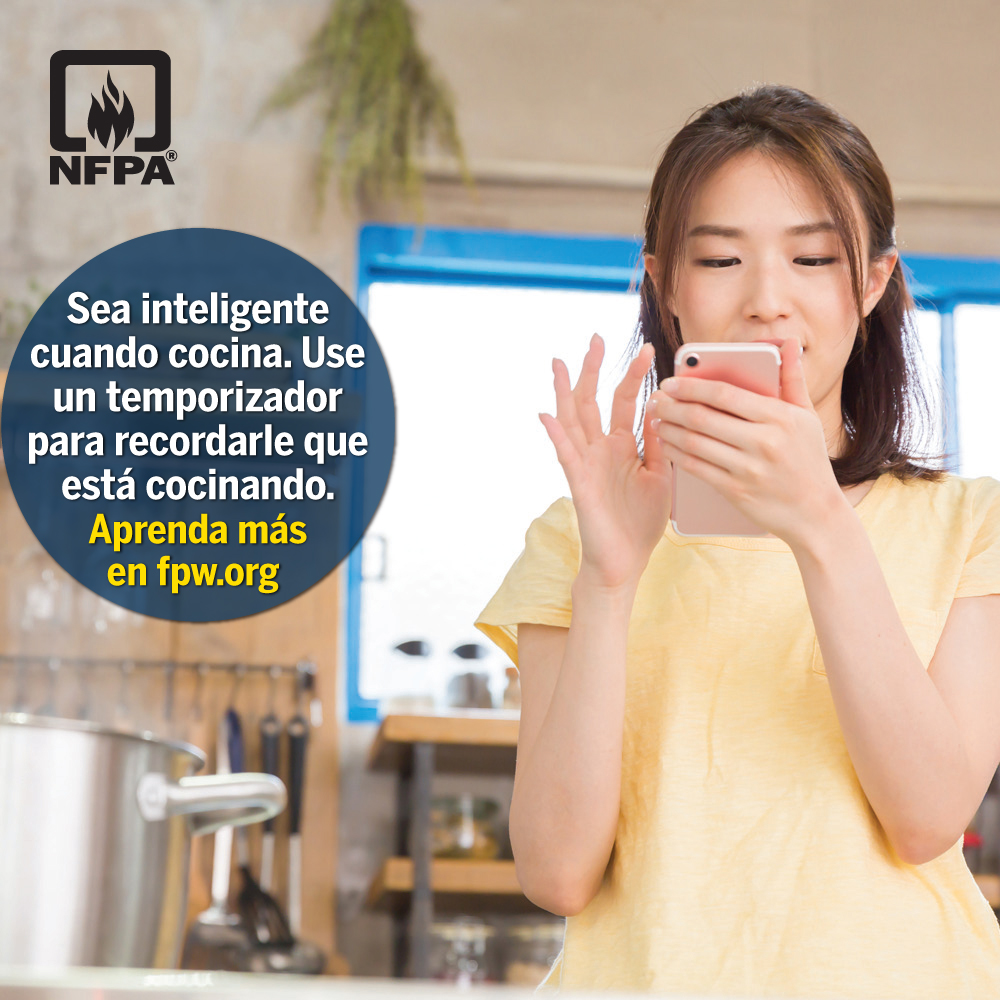
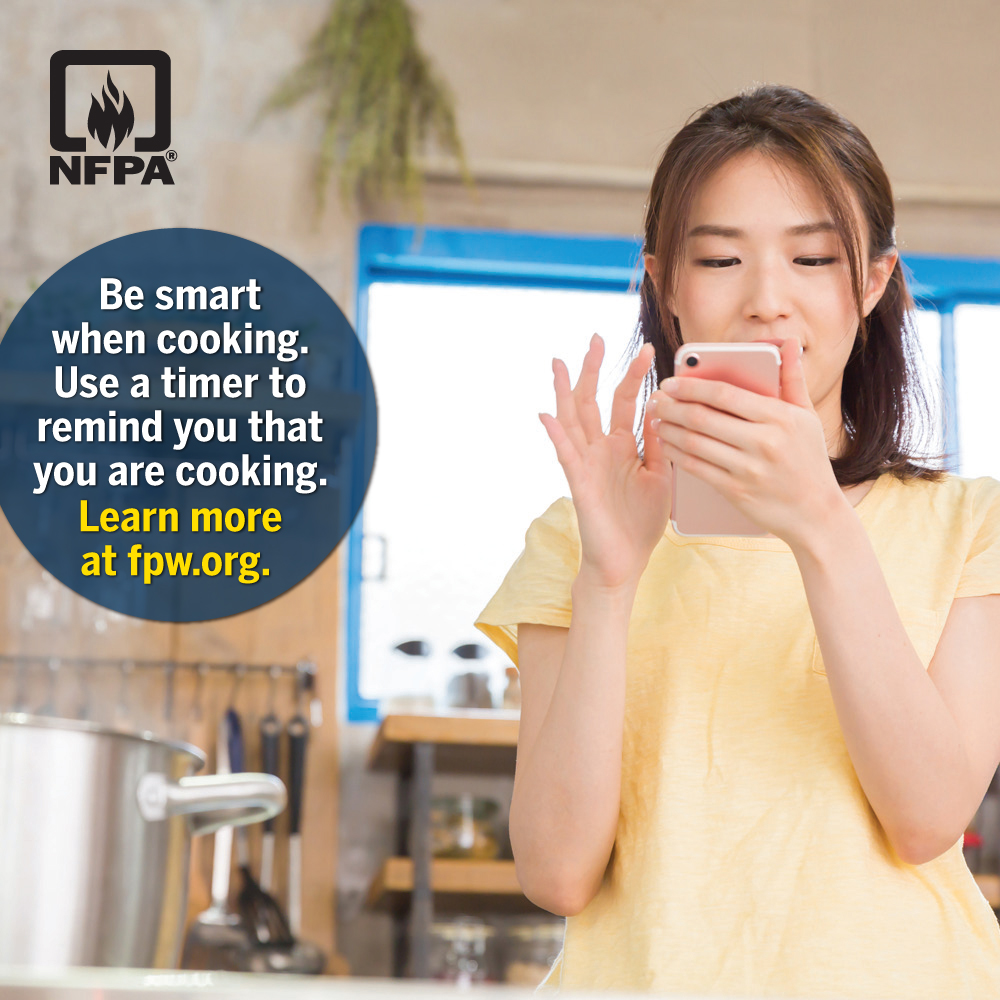
Manchester Fire-Rescue-EMS & the Fire Marshal’s Office has also shared a variety of safety tips to prevent cooking fires:
- Never leave cooking food unattended. Stay in the kitchen while you are frying, grilling or broiling. If you have to leave, even for a short time, turn off the stove.
- If you are simmering, baking, roasting, or boiling food, check it regularly, remain in the home while food is cooking, and use a timer to remind you that you’re cooking.
- You have to be alert when cooking. You won’t be alert if you are sleepy, have taken medicine or drugs, or consumed alcohol that makes you drowsy.
- Always keep an oven mitt and pan lid nearby when you’re cooking. If a small grease fire starts, slide the lid over the pan to smother the flame. Turn off the burner, and leave the pan covered until it is completely cool.
- Have a “kid-free zone” of at least 3 feet around the stove and areas where hot food or drink is prepared or carried.
Community members can visit the Fire Prevention Week webpage on NFPA.org for a variety of cooking safety information and advice. By visiting this page, users can also download a Family Cooking Safety Checklist or a Kid-Free Zone Marker which is 3 feet long. For more information about Fire Prevention Week and cooking fire prevention, visit www.fpw.org.
Taking the time to educate yourself and your family on these important fire safety measures is more important than ever. As we head into the winter season where there is more indoor cooking, use of fireplaces, and the use of heaters, it is crucial to understand how to stay warm and enjoy cooking in the kitchen safely.
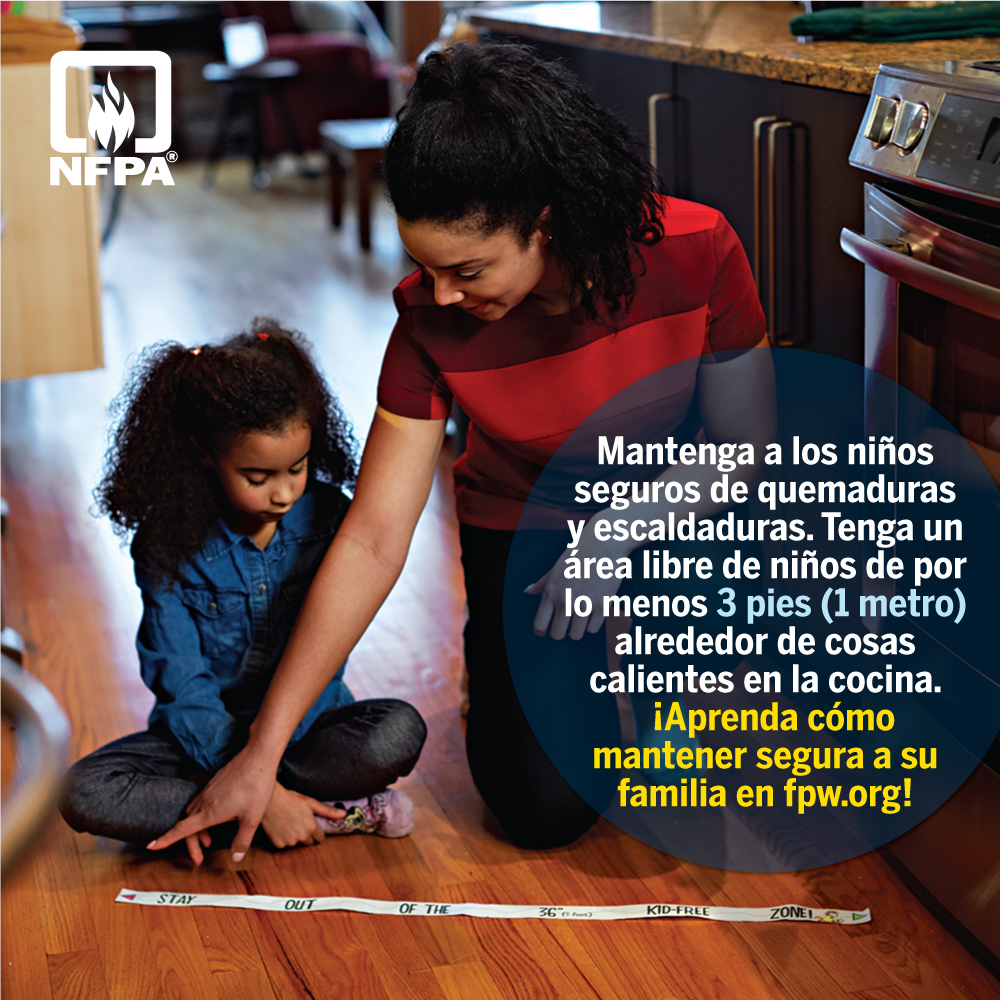
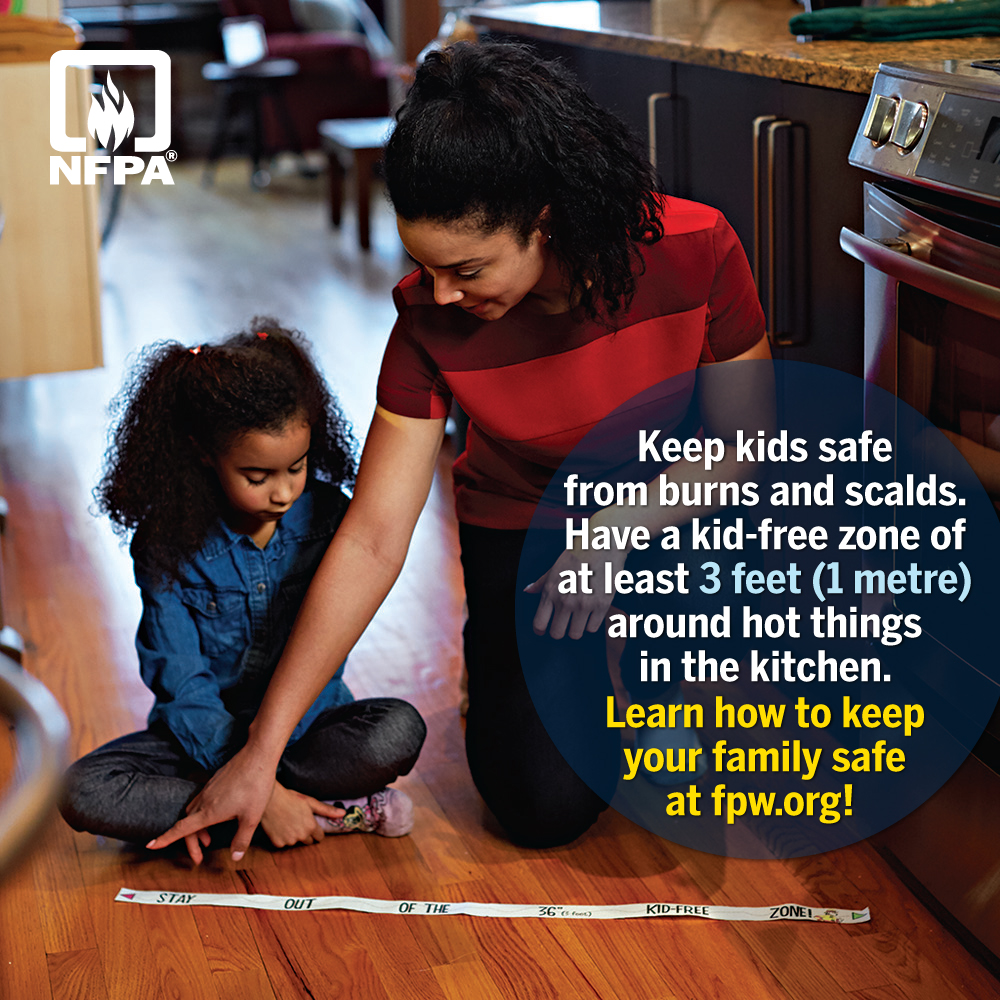
Like this article?
Leave a comment
About Author

I am a lifelong resident of Manchester and a Facility Director with the Department of Leisure, Families, and Recreation. I graduated Manchester High School in 2017 and I’m currently an undergraduate student majoring in International Studies at Boston College. I am an editor for The Gavel, a progressive student publication, and a co-director for FACES, the anti-racism student organization at Boston College.
Fun Fact #1: I studied abroad in Granada, Spain. The Alhambra was the most beautiful place I’d ever been.
Fun Fact #2: I can speak Spanish and one day want to be fluent.
